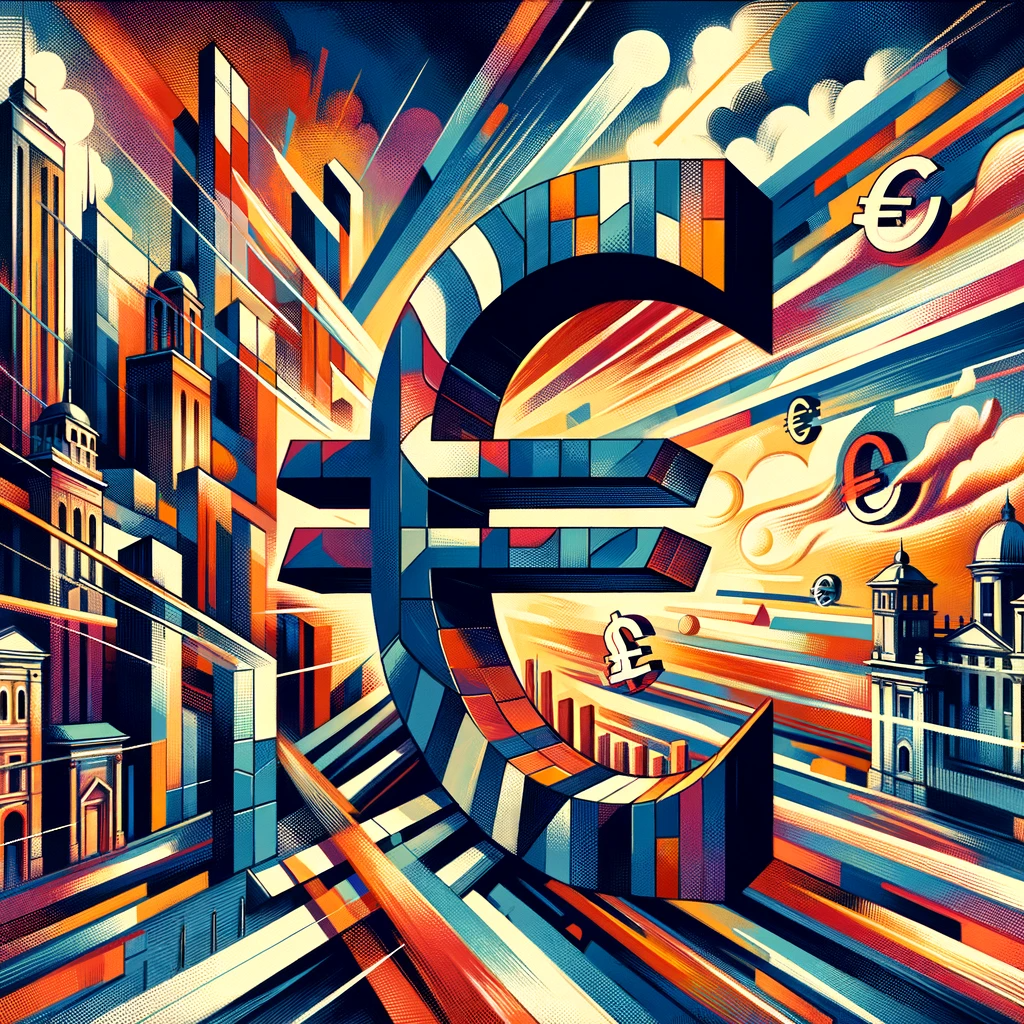misure di prevenzione

The Italian anti-corruption system in the perspective of public integrity. Reflections and possible developments more than ten years after the adoption of Law No. 190/2012
Francesco Merenda | 27 November 2023 | Issue 4/2023
The first decade of the Italian anti-corruption system provides an overview of both positive and negative elements that have emerged from the experience of public administrations. This analysis, however, is also carried out in relation to the field of public integrity. It is a broader perspective of the good governance system, where corruption prevention must be developed within an integrated strategic and organisational framework. This contribution seeks to reflect on Italian anti-corruption, attempting to answer several questions. Is it still right to insist on the need for a corruption prevention policy? What could be the necessary corrections to be made to this model? After a brief initial excursus on the evolution of the legal framework, an analysis is made of the strengths and weaknesses of this policy, which can be deduced from the twofold practical activities of public administrations. The second part focuses on the topic of public integrity, with particular regard to integrity as a legal principle in the public sector. The last part examines the extent to which the Italian anti-corruption system is in line with public integrity.
Read MoreCassazione Civile, Sezioni Unite, 1 febbraio 2023, n. 3077
Leonardo Scuto | 13 April 2023 | Issue 2/2023
With regard to environmental damage, the “polluter pays” EU law principle does not imply any obligation on the part of the owner who is not responsible for the polluting event to adopt emergency safety measures; the criteria for attributing liability cannot disregard the need to ascertain a causal link between the activity carried out by the subject and the polluting event.
Read More